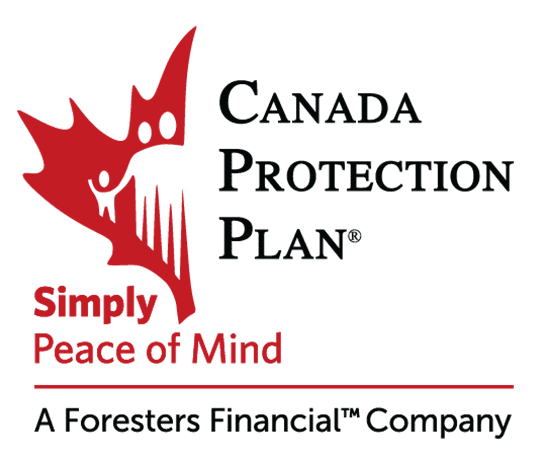
By Michael Callahan | ModernAdvisor
Q. Hi, my spouse and I have been renting an apartment for the last few years, and we’re now ready to buy our first home together. We are wondering what programs are available for a first-time home buyer that could be beneficial. Do you have any advice for us?
A. Your timing is great! As of September 2, 2019, the new federal First-Time Home Buyer Incentive (FTHBI) officially came into effect. First and foremost, this program does not replace the existing RRSP Home Buyer’s Plan (HBP), which is still available, and is also designed to help first time home buyers. Let’s take a closer look at the new FTHBI program, as well as some other programs and incentives which may be of interest.
First-Time Home Buyer Incentive Basics
Through the new First-Time Home Buyer Incentive (FTHBI) program, the Government of Canada offers the following:
- 5% toward the down payment of a resale (existing) home;
- 5% or 10% toward the down payment for newly built homes.
A unique twist on this new program is that FTHBI will provide the funding as a “shared equity loan.” As such, the Government of Canada essentially becomes part owner (5% or 10%) of your home. The program offers two attractive benefits: First, the loan has no interest, and second, the loan does not require ongoing repayments.
How to Qualify – Who can use the FTHBI Program?
In order to qualify for the FTHBI, several criteria must be met, including:
- You need to make a minimum down payment of at least 5% of the first $500,000 of the lending value and 10% of the lending value above $500,000 from traditional down payment sources, in order to qualify for an insured mortgage.
- You, or your spouse, must be a first-time home buyer. According to the Government of Canada, a first-time home buyer is someone who has not owned a home, or dwelled in a home owned by their spouse, at any time during the last 4 years. Note that there is an exception in the event of breakdown of marriage or common-law relationship.
- Your annual household income cannot exceed $120,000. In this case, the definition of household income is expanded to include the income of both you and your spouse or partner, plus the income of any guarantors co-signing on the mortgage, plus any rental income generated if part of the home is rented to a tenant. All income combined must be less than $120,000 annually in order to qualify for the FTHBI program.
- Your mortgage cannot exceed 4 times your income, including the portion that’s provided by the FTHBI.
When do you have to repay the loan?
You have to repay the loan either after 25 years, or whenever the property is sold – whichever happens first. Note, however, that the repayment of the loan is based on the property’s fair market value (FMV) at that time. In other words, the government shares in both the upside potential and downside risk. For example, let’s assume you purchase a home for $300,000, and receive a 5% loan from the FTHBI program, which is $15,000. If you sell your home a few years later, and your home has increased in value to $400,000, you would have to pay the government back 5% of $400,000 which is $20,000. On the other hand, if your home had decreased in value to $200,000, you would have to pay the government back only $10,000, which is 5% of $200,000.
How to Decide – Is the First-Time Home Buyer Incentive right for you?
As with so many other personal finance decisions, it depends. The FTHBI will certainly be attractive to some, but not to others. Everybody’s personal situation is unique, and there is no-size-fits-all solution. Further, depending on where you live, the FTHBI may or may not be useful. Recall that the household income is limited to a maximum of $120,000, and the mortgage is limited to 4x household income. That means a maximum mortgage of $480,000. But a 5% down payment is also required. This means that, in order to qualify for FTHBI, the maximum price of the home cannot exceed $505,000. While it’s possible to buy a home in most Canadian cities for that amount, the average house price in cities like Toronto and Vancouver far exceeds $505,000. Unfortunately, this means that the average buyer purchasing the average home in some Canadian cities will simply not have access to the FTHBI program due to high housing prices.
Other Programs
In addition to the FTHBI program, there are several other government sponsored programs to help homebuyers, including:
- RRSP HomeBuyers’ Plan (HBP) – The RRSP HBP plan allows you to withdraw up to $35,000 from your RRSP to buy or build a qualifying home for yourself or for a related person with a disability.
- First-Time Home Buyers’ (FTHB) Tax Credit – In 2009, the Government of Canada introduced the FTHB tax credit, which represents a $5,000 non-refundable income tax credit amount on a qualifying home acquired after January 27, 2009. For an eligible individual, the credit will provide up to $750 in federal tax relief. You can find more info at the Government of Canada website here.
- GST/HST New Housing Rebate – If you’ve purchased or built a new house, substantially renovated an existing house, or converted a non-residential property into a house, you may qualify for this rebate which allows you to recover part of the GST or HST that you’ve paid. More information is available on the Government of Canada website.
Bottom Line
Whether you’re considering the new FTHBI program, or one of the other programs such as the RRSP HBP, it’s important to crunch the numbers and evaluate your situation before making a decision.
By Michael Callahan | ModernAdvisor | September 22, 2019
NB: This article may have been edited and/or condensed. The information contained is as of date of publication and may be subject to change. These articles are intended as general information only.







